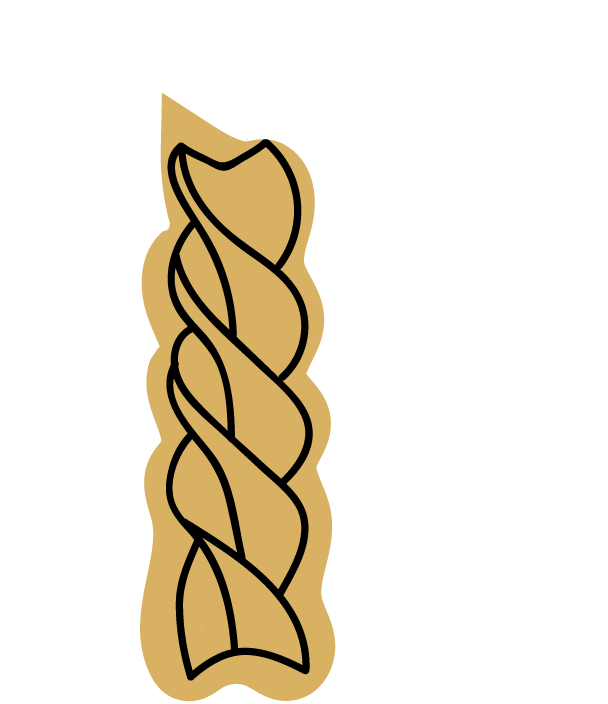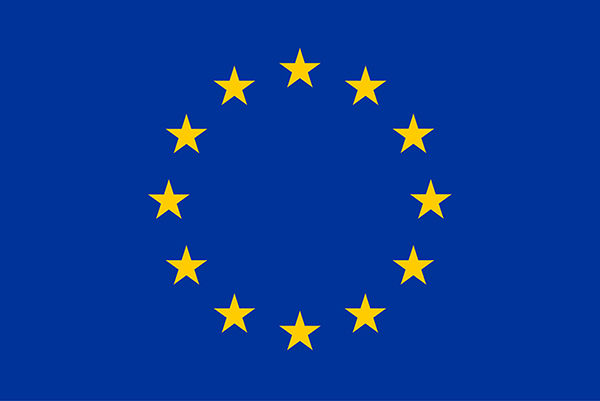
The Mediterranean food system is largely based on the production and consumption of different kinds of cereals. Amongst the many food products made out of cereals, one of the most important is pasta.
All over the world, pasta is synonymous with Italian cuisine. Despite being originally solely part of the Italian – and later European – culinary tradition, pasta has crossed international borders to become a very popular and even staple form of food in many parts of the globe.
The worldwide production of pasta amounts to roughly 40 million tonnes per year, with EU (and within EU, Italy) being the major producer, followed by Canada.
Pasta comes in many different shapes and can be prepared in a variety of a ways, but it is always obtained through the processing of durum wheat(durmis the Latin word for “hard”). This kind of wheat was created through selection and is characterized by larger grains than those of the other types of wheat, and a yellow endosperm, which gives pasta its colour.
Durum wheat yield and quality (e. g. standard weight and protein content) are strongly affected by weather conditions.
Reducing the risks associated with weather and climate extremes, adapting to changing climate conditions while ensuring sustainable high quality production are of primary importance and represent the challenging objectives MED-GOLD aims to contribute. The durum-wheat pilot service will support end-users in the in-season agro-management planning as well as in the long-term strategic one.
Questions MED-GOLD will address
Seasonal timescale
Long-term timescale

